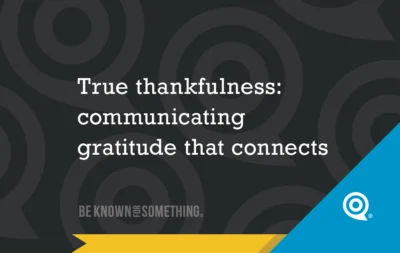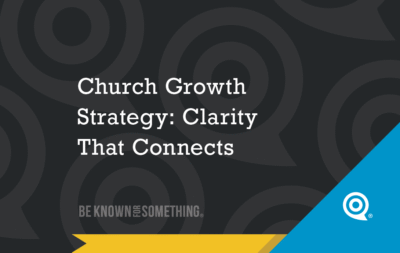Commandment 7 – Thou shalt be found
I just got an iPhone 3G. Wow. I feel so blessed that I was fortunate to find one at the Apple Store (I won’t talk about the line I waited in, and the 3 hours I had to drive…) One of the coolest tricks that it does is GPS. I don’t have a GPS in my truck, but I’ve always been fascinated that a satellite can pick up from a little box where you are. To within a few feet.
Now my phone does this. I just press a button and it places a “pin” into a map of the area where I’m at. Then I can get directions to another location, or even see if any of my “friends” from Facebook or my address book are anywhere close to me. Or they can find me the same way. Amazing. It’s nice to know where I am and be able to be found.
Well, the same can be said for your website. You’ve invested time, money, and effort into a great website. It tells your audience EXACTLY what they need to hear. But how do you “get found”? It’s a question we hear often. You need a “beacon” that shoots out from your website and says “I’m Here!”
Just because you have a website doesn’t mean people will come to your site. And that’s a tragedy!
But often, SEO is overlooked by web designers. It’s like giving your audience a world atlas and not telling them what state you’re in. Let alone the country! Search Engine Optimization (SEO) is the techie name assigned to the ability to have search engines identify the content on your site and then refer you to the audience that needs the information.
And we all know how many times we go to Google or Yahoo to find something. Ever wonder how the top results got there? Well, that’s good SEO.
You can purchase the right to get to the top of the lists — but that can be costly. Most churches don’t have that budget so we suggest FREE ways…
First and foremost, SEO loves websites written for the end-user. To be said another way, utilize all the other “10 Commandments of Good Church Websites” that we’ve been talking about and Search Engines will love you! There are other ways that we can help you get noticed but many of them are in the programming that we do. And it all comes with the creative package when we set up a website.
Because Search Engines get a lot of press, SEO comes to mind first. But remember the “old school” ways to be found! Everything (!) you do in print needs to point to your website. Stationery, ads, directories, radio, tv, brochures, etc. And online, don’t forget to add links to your email, banner ads, Facebook, or blog entries/comments. Consistently, the message of your website needs to be reason enough to click through or type the URL into a browser. Make sure the URL is listed plainly and readable!
Also, Search Engines LOVE it when your website is listed on other websites. So make sure you are listed on association sites, award sites, online directories, etc. These can be free listings or paid listings — the Search Engines don’t differentiate — they just know that some other URL likes you so much they are pointing people to you. So they want to!
SEO isn’t easy. And no one REALLY knows how it ALL works (except for perhaps Google). We just know simple principles that make sense and give us general direction. But we keep learning of other rules and guidelines — and we always include that knowledge in the client sites we create and maintain. Another great reason to use PinPoint!
Want 25 Game-Changing Resolutions?
Related Posts

True thankfulness: communicating gratitude that connects
We’re just a couple weeks away from Thanksgiving. Though you might not know it by the jingling commercials already flooding

AI Prompts Every Church Communicator Should Be Using
Artificial Intelligence (AI) isn’t replacing church communicators, it’s simply helping the good ones work smarter. Tools like ChatGPT (and similar)

Church Growth Strategy: Clarity That Connects
Most churches pray for growth but overlook one of their most effective tools: a clear church growth strategy built on

